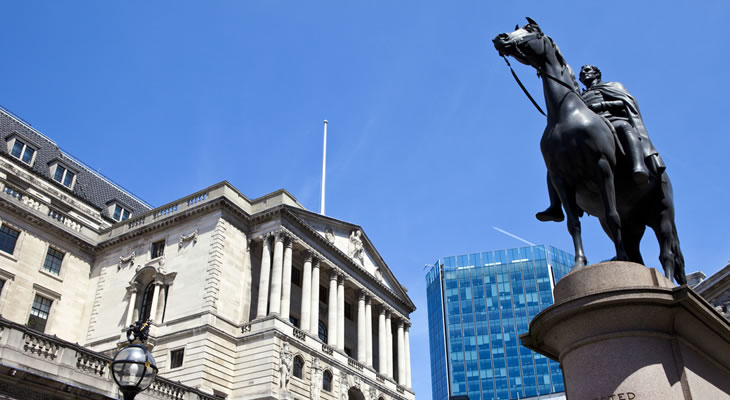Sharp Decline in UK Manufacturing Sector Growth Weighs Down GBP/AUD Exchange Rate
Confidence in Pound Sterling (GBP) diminished in the wake of October’s UK manufacturing PMI, which demonstrated a fresh loss of momentum within the sector.
As the PMI had slumped from 53.6 to 51.1 on the month this left investors unimpressed, with the decline boding ill for the wider economic outlook in the fourth quarter.
Particularly concerning was a surprise drop in new orders and employment, representing the first decline for both metrics in 27 months.
This paints a rather lacklustre picture of the domestic outlook, suggesting that the sector is likely to come under greater pressure in the months ahead as Brexit-based anxiety mounts.
However, reports that the UK and EU have achieved a ‘tentative agreement’ on future financial services arrangements helped to cushion the negative impact of the data.
As a result, the Pound Sterling to Australian Dollar (GBP/AUD) exchange rate saw limited losses ahead of the Bank of England (BoE) policy announcement.
Pound Sterling (GBP) Exchange Rates Set for Bank of England Volatility
Markets braced for another uneventful BoE meeting, with interest rates widely expected to remain on hold once again.
With interest rates looking set to remain static until the March 2019 Brexit deadline has passed the potential for Pound gains appears limited.
Greater support for tighter monetary policy among policymakers could still give GBP exchange rates a fresh boost, though.
On the other hand, if the BoE expresses concerns over the economic outlook or lowers its forecasts in the quarterly Inflation Report this may weigh heavily on the Pound.
As analysts at Westpac noted:
‘Since the September policy decision, there have been mixed developments. Economic activity is continuing to expand at a moderate pace and unemployment remains low. However, inflation has eased back more than expected, and the slow pace of Brexit negotiations continues to cloud the outlook.
‘Against this backdrop, we expect the BOE to remain on hold in November. The accompanying statement is likely to retain a very gradual tightening bias from September, but more weight may be given to uncertainties around the economic outlook.’
Comments from BoE Governor Mark Carney could also provoke volatility for GBP exchange rates in the near term.
Weaker Retail Sales May Dent Australian Dollar (AUD) Demand
After the Australian trade surplus showed a greater widening than forecast the mood towards the Australian Dollar (AUD) picked up.
With the trade surplus rising to 3.017 billion confidence in the resilience of the domestic economy naturally improved, in spite of lingering global trade tensions.
Even so, the mood towards the Australian Dollar could sour again on the back of Friday’s third quarter retail sales data.
Forecasts point towards a sharp slowdown in sales growth on the quarter, with the headline figure expected to ease from 1.2% to just 0.4%.
This would suggest that Australian consumers are taking a more cautious outlook, limiting the potential for further growth in the months ahead.
Strong US jobs data may also offer the Pound Sterling to Australian Dollar (GBP/AUD) exchange rate in the near term.


Comments are closed.